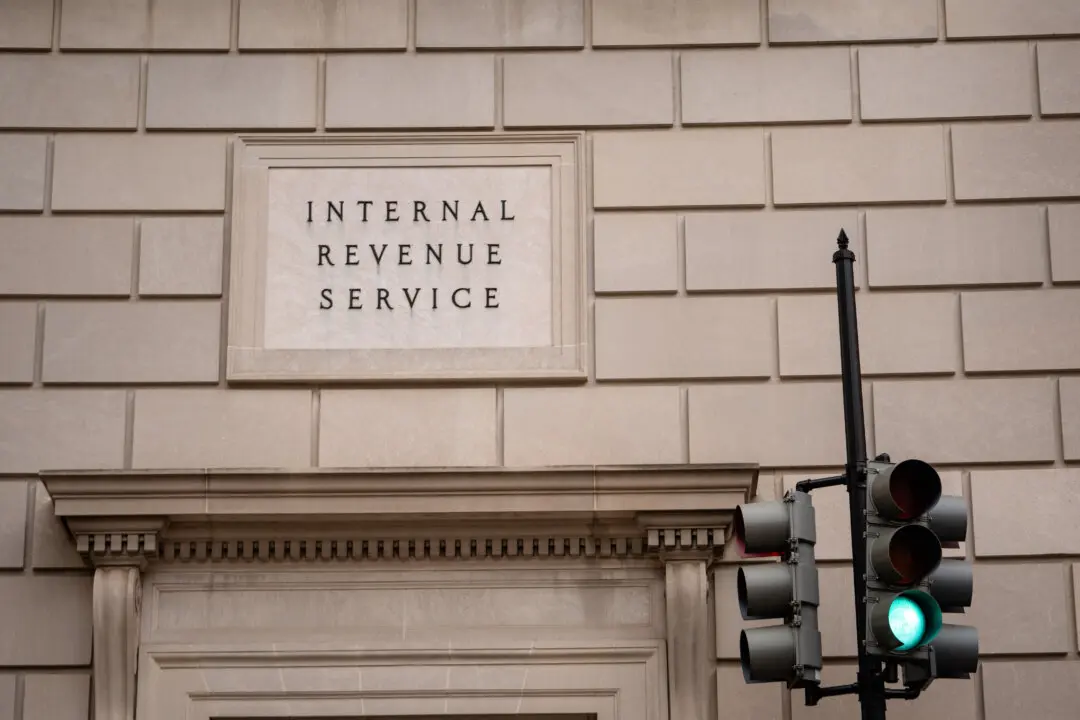Claims of wind power being pro-environment often do not consider the damaging effects these projects can have on wildlife and ecosystems, thus hiding the “true cost” of such initiatives.
Wind power projects can threaten birds that fly within their vicinity and trigger a decline in their population; it can harm marine life due to noise pollution, and affect the growth of plants in the region where it is located. Driven by subsidies granted by the federal government, the growth of wind projects has triggered concerns about the cumulative impacts they have on the environment.





